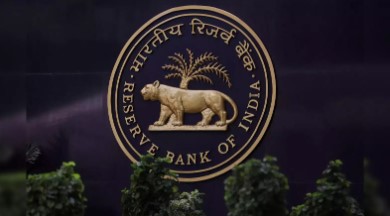The Reserve Bank of India or RBI has unveiled a significant update to the cheque-clearing process aimed at drastically improving efficiency.
During the recent Monetary Policy Committee-MPC meeting, RBI Governor Shaktikanta Das announced a major shift in how cheques are processed. The proposed change seeks to reduce the clearance time for cheques from the current two-day period to just a few hours.
The new initiative involves transitioning from the existing Cheque Truncation System or CTS, which currently operates with a clearing cycle of up to two working days, to a more streamlined process.
Under the proposed system, known as ‘on-realisation-settlement,’ cheques will be scanned, presented, and cleared continuously throughout business hours. This change aims to eliminate delays and enhance customer satisfaction by reducing the clearing cycle from the current T+1 days to a matter of hours.
“CTS currently processes cheques in batches, leading to delays of up to two working days. The new system will introduce continuous clearing with ‘on-realisation-settlement’, which will significantly speed up the process. Cheques will be cleared within hours on the day of presentation, greatly benefiting both payers and payees,” Das explained.
This upgrade is expected to improve the speed and efficiency of cheque-based transactions, enabling quicker fund transfers and better financial planning. Individuals and businesses alike will benefit from enhanced liquidity and a more efficient banking experience.
In addition to this development, the RBI’s MPC decided to maintain the key repo rate at 6.5 per cent, continuing its focus on the ‘withdrawal of accommodation’. This marks the ninth consecutive meeting where the MPC has chosen to keep the key policy rate unchanged. Governor Das noted that four out of the six MPC members supported the decision to maintain the repo rate at its current level.

















